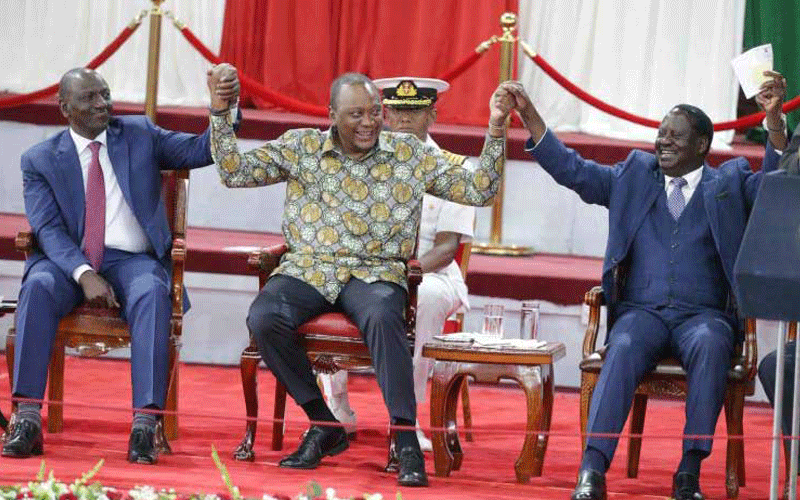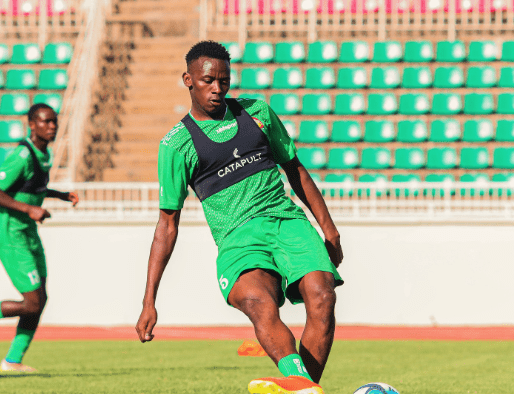Leaders can use attire to shape public opinion

Is leading Kenya becoming too casual? Since coming to office, leaders elected in the last election are taking time to transition from their campaign attire to the next level. It may appear as a carry-over from former President Uhuru Kenyatta, who, in his last days in the office, often dressed in an open shirt to promote the buy Kenya build Kenya philosophy of his administration.
The campaigns had been gruelling and involved interacting with crowds across the breadth of the land. It made sense to dress down and get close to the people. Campaign crowds expect leaders to identify with them in their dressed-down form. But that was then. Elections happened, and those who won were sworn into office with the mandate to govern. But the transition has been slow in happening with regards to dressing.
Some of the leading lights of the current administration go about their duties dressed down. The form of dressing is indeed a cultural issue. And culture is learned and then internalised. For the last six decades of the country’s independence, Kenyans have been socialised on official and casual wear.
Unlike most countries with a national dress, Kenya has remained stuck on the suit and tie inherited from the British. Indeed, for a long time, this was the mark of civil service duty, the mark of the educated and the urban.
Indonesians, Indians and generally people from Asia may wear a suit, but it is not their thing, even among those, like the Indians, long colonised by the British. To their mind, the association of the suit and tie with the officialdom does not arise. Not so in our case.
Scholars who analyse the impact of dressing on an individual’s psyche and how dressing influences the wearer’s thinking and actions posit that dressing is not neutral. To some extent, you are what you wear. Wear down, and you will talk, act, and behave at that level. Dress up, and you will behave correspondingly.
The dressing is an identity marker. Nurses have theirs, as do policemen, priests, and in our case, students in the formal educational system. In responding to people in specific dressings, the respondent often considers the person’s dressing. You tend to respond more casually to those dressed down and become more formal to those in the official dress or that looking official, which is part of the challenge with the crop of leaders who have just assumed office.
To be fair, not every occasion demands that a leader or officer dress up. Some events call for casualness which will be in order. But when occasion demands that a leader shows up looking the part, then they have to do so. This is particularly so when one has to represent the country or their organisation. The positions we serve are privileges that destiny has bestowed on us, and while at it, it is only fair that we give it our best shot.
To show up looking casual in a formal set-up tells a story. Either it is a story of lack of appreciation of the office we hold, a story of knowing that the office we hold is important, but still, we do not care, or a testament of the casualness with which we carry the responsibility bestowed upon us by the office.
But further, the dressing of the leader creates a mood in the office. The more serious and official looking an officer, and the dressing is part of it, the more the officers reporting to that office are likely to take their work.
But it is worth noting that dressing up may make one look the part while dressing down would make one look out of place. It is nearly double tragedy when an officer who hardly looks the part, dresses down. Competence aside, the perception that they may not deliver may linger on. ]It is thus important that officials tasked with responsibility endeavour to deliver and dressing is part of it.
— The writer is dean, School of Communication, Daystar University












